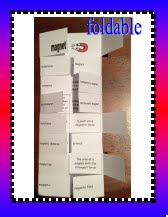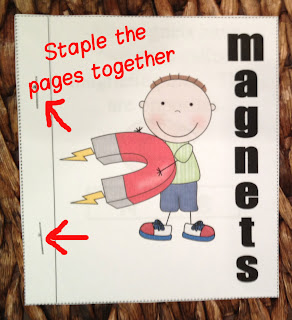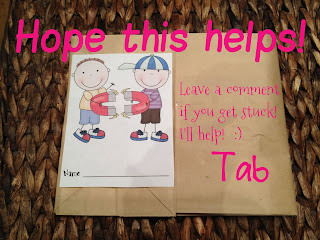As Science Club rolled around for February this year, I wanted something that would blow their minds. Something different. Something over the top.
Hmmm…. Let’s study the stars! And put the entire group in a giant, black inflatable bag…
 |
| It went so well, we did it for the entire 3rd grade during the last week of school! Our music teacher kindly let us borrow her room! It gets MUCH bigger! We could stand up inside it! |
Ok. I’m losing some of you. The StarLab was too expensive for our non-budget. So, I picked up a huge roll of the thickest black plastic I could find at our neighborhood Ace Culpepper Hardware Store. It cost me less than $30. I’m a teacher in Georgia
I’m such a procrastinator that I actually made it in my living room (much too small) the morning of our meeting. Hey, it worked out!
Step 1: Fold the plastic in half.
Step 2: Using the tape, seal the three open edges by folding the tape over the sides.
Step 3: IMPORTANT! Leave opposite corners open by not taking the tape all the way down the sides. Leave about 3-4 feet with no tape.
Step 4: Grab a box fan and stick it in one of the open edges. You want the hole to be pretty tight around the fan. I usually place a chair near the fan, just to prevent it from blowing over as excited kids arrive.
Step 5: Turn on the fan and wait about 3-4 minutes. By holding the makeshift door (aka hole on the opposite side from the fan) closed, you can make the lab inflate higher.
I split the group in half and was easily able to fit 25 kids inside at one time.
Once they get inside, now what?
I tried two different methods. For the first, I printed some constellations and stapled them to black construction paper. Then, I used a tack to punch holes where each star was, so that light could shine through the holes. I grabbed an empty box and one of those old, ancient overhead projectors out of our media center’s closet. Put the projector inside the box to block some of the light that shines from the bottom of the projector. You want the box to be a bit larger, so the projector does not overheat. Next, place the black construction paper on the projector to allow the light to shine through the holes aka stars. My paper kept sliding off so one of my kids graciously allowed me to borrow his shoe, so you may want to bring in some type of paperweight. Bring extra black paper to cover the area of the glass that is left uncovered when you put your constellations on it. This sounds like a lot of work, but it really only took a few minutes. I used a few of my students to help me punch the holes in the constellations during bus call one afternoon.
My second method was easier, but far less effective. I found a store bought star projector in our school’s science closet. See an example here. This was super easy, but because it projected dark spots for the stars, it was much more difficult to see.
I think that next time, I will try to grab a flood light, just so I don’t have to lug the projector all the way back to the media center. Any way it goes, the kids walk into the room and see the bag inflating and they get super excited. Goodness, I was just as excited to share the idea with them!
Not only did they get to see the night sky, but I also showed them Magic School Bus Sees Stars, so they could “travel” to the stars! Love Miss Frizzle!!
Good luck!



















































